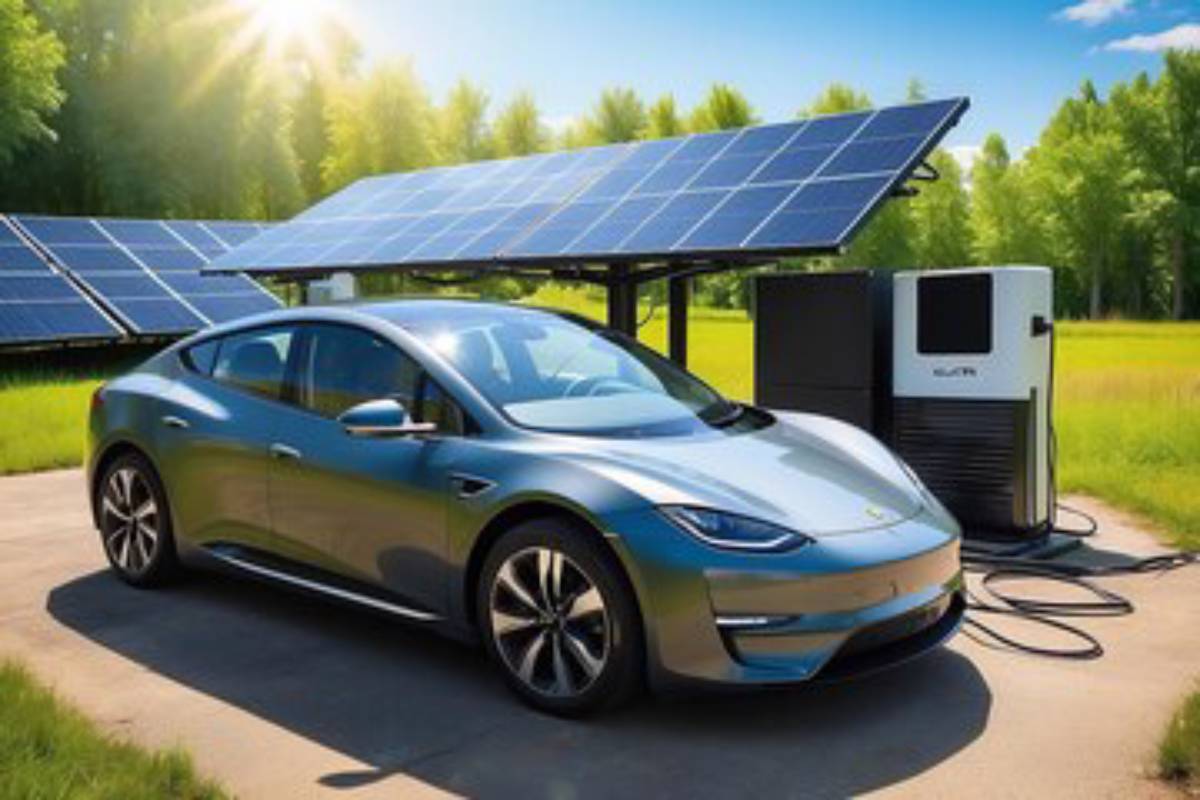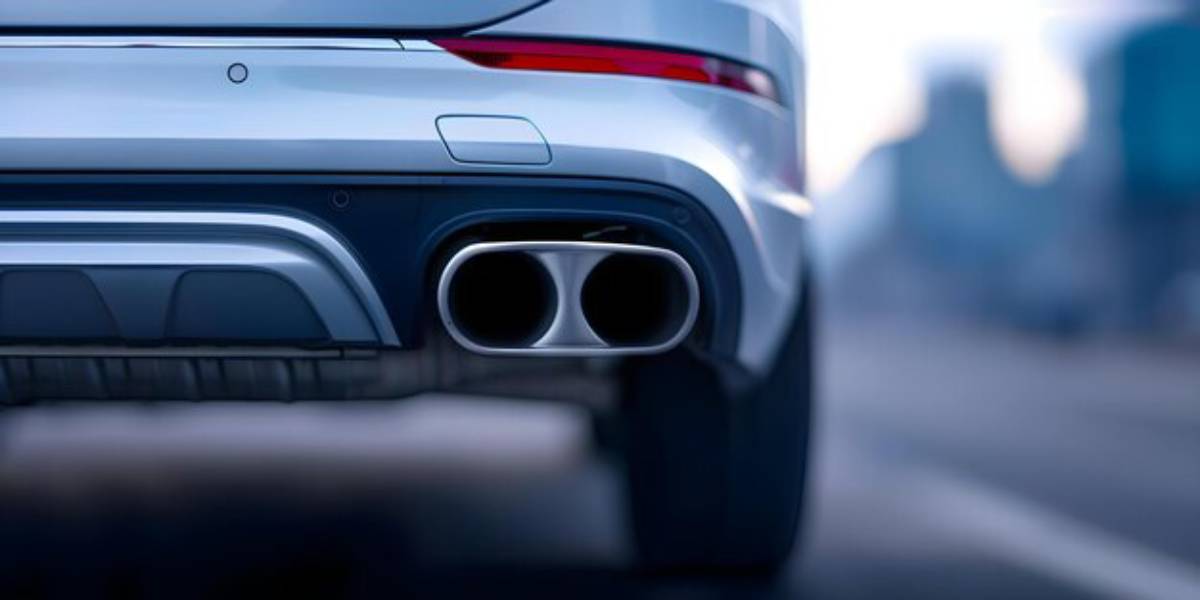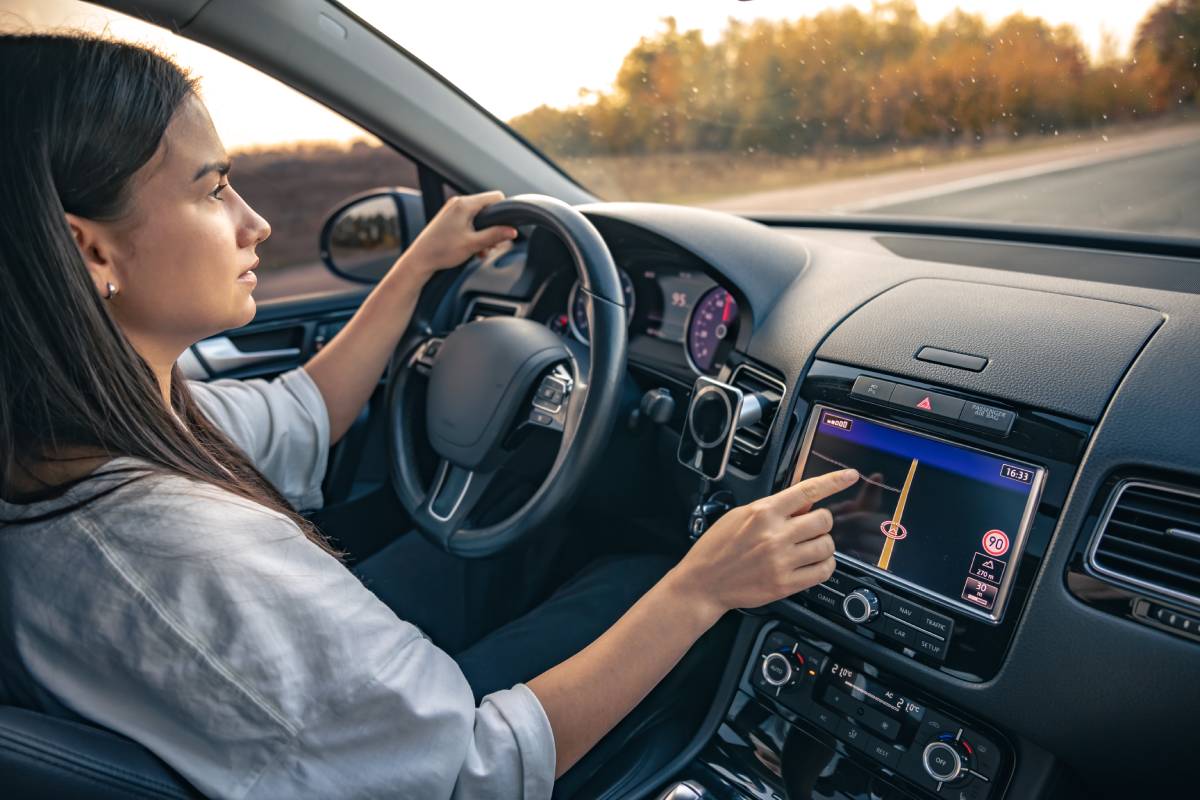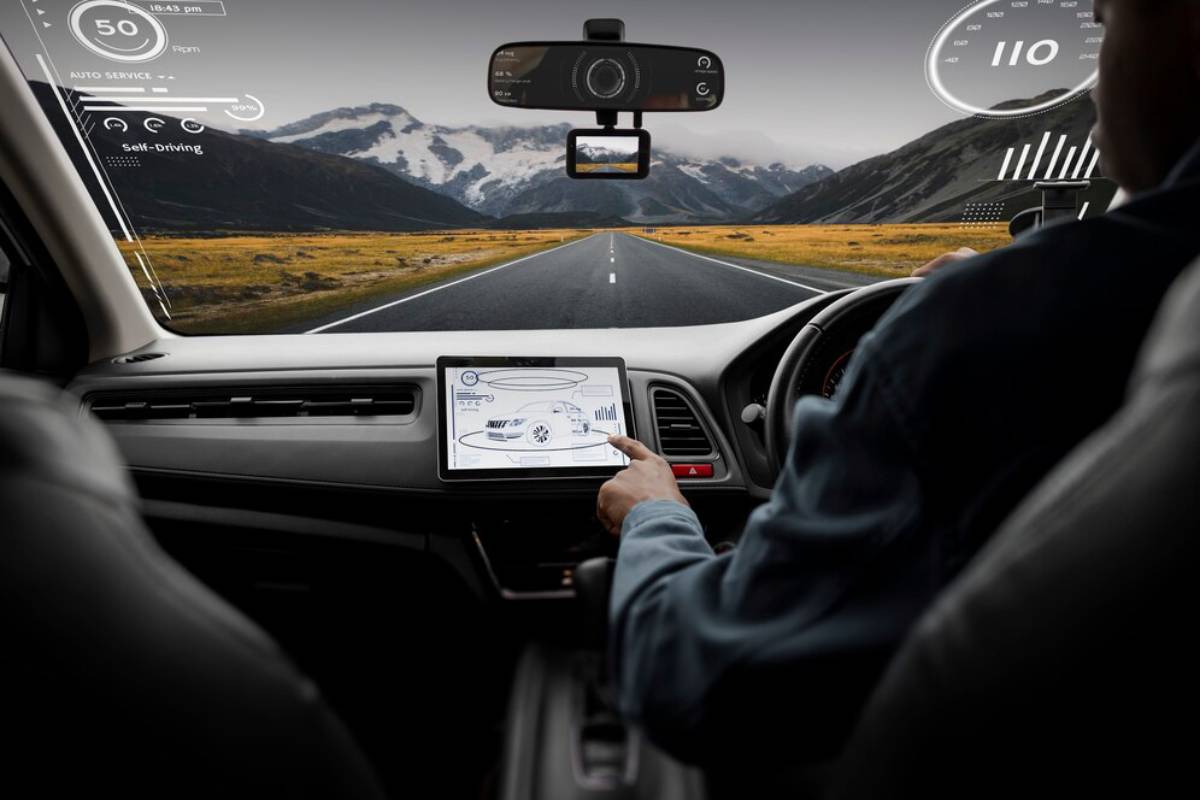
Installing a Smart Heads-Up Display (HUD) in 2025: The Ultimate Guide
Picture this you’re cruising along the M25 on a bright spring morning. Your sat-nav pings to announce the next turn… but your eyes dart between the dash and the road. What if the information you needed was correct in front of you?
Introducing the Heads-Up Display (HUD). This feature was once just a sci-fi idea, but now it’s an affordable upgrade for smart cars. In 2025, a HUD will no longer be reserved for luxury vehicles. It’s a smart way to update your dashboard. It helps keep you safe and makes driving better.
In this comprehensive guide, you’ll discover:
- What a HUD is and how it works
- The benefits of installing one
- Step-by-step installation instructions
- Real-world stories and expert tips
- The top HUDs to consider this year
Let’s explore how to transform your car’s cockpit into something worthy of a Bond film.
What Is a Heads-Up Display (HUD) and How Does It Work?
A Heads-Up Display (HUD) shows important driving info on your windscreen or a transparent screen in your view. The goal is to keep your eyes on the road and reduce your mental load while driving.
Typical HUD Displays Include:
- Vehicle speed
- Turn-by-turn GPS navigation
- Lane departure or forward collision alerts
- Incoming calls and message notifications
- Fuel levels, engine warnings, or RPMs
HUDS come in two main varieties:
- OBD-II HUDs: Plug into your car’s onboard diagnostics port for real-time data
- GPS-based HUDs: Sync via Bluetooth with your smartphone to relay app-driven information
Why Smart HUDs Are the Future of Driving
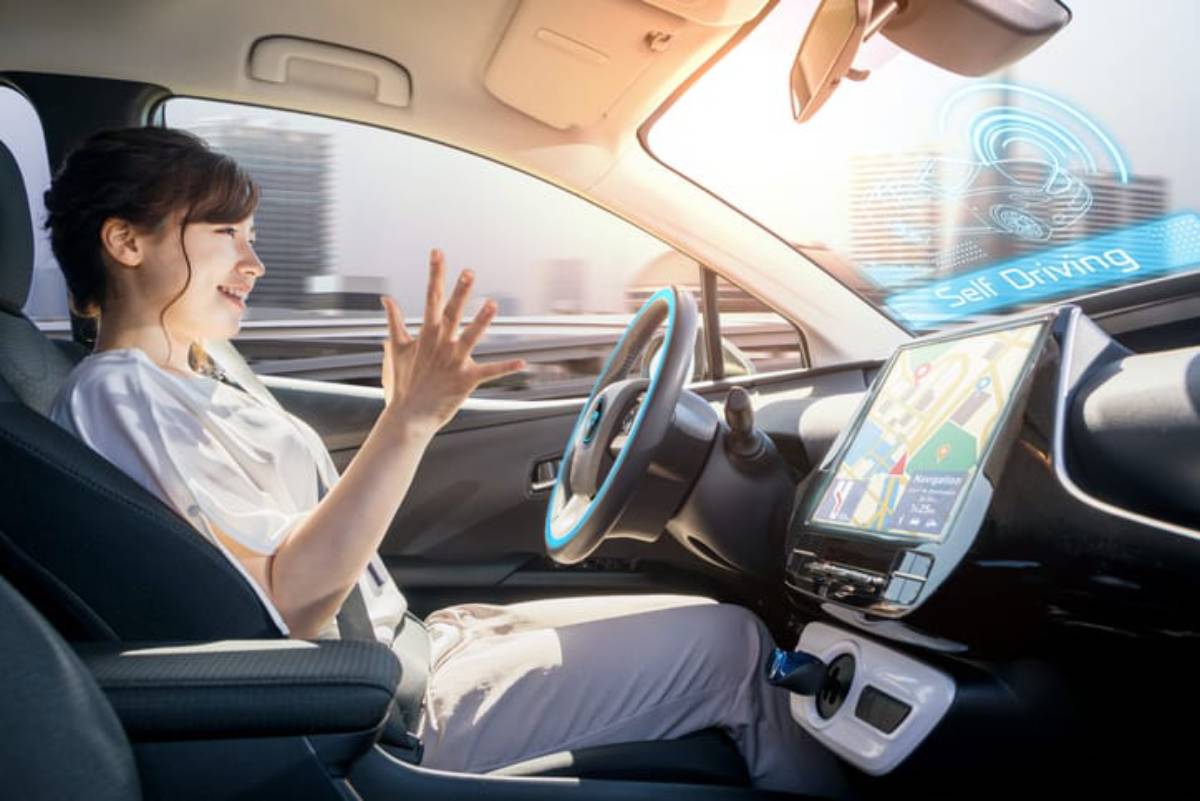
Still wondering if a HUD is worth it? Let’s break it down.
1. Enhanced Road Safety
A 2023 study by the Transport Research Laboratory found that HUD users responded to road hazards up to 0.5 seconds faster than those using traditional dash instruments. At 70 mph, that’s the equivalent of 15 metres — the length of a double-decker bus.
2. Reduced Driver Distraction
HUDs help you avoid looking down at dials, keeping you focused on the road ahead. This is especially useful for high-speed driving on the motorway or during night journeys.
3. Futuristic Functionality
Modern HUDs can integrate with:
- Google Maps or Waze
- Apple CarPlay and Android Auto
- Voice commands and gesture controls
- Real-time alerts synced with your smartphone
What You’ll Need for a HUD Installation
Before you begin, gather the following essentials:
- A HUD unit (with combiner screen or windscreen projection)
- Power source (OBD-II plug or USB adapter)
- Reflective film (for projection clarity)
- Smartphone (for app-controlled models)
- Mount or adhesive pad
- Microfibre cloth for prep
Important Tip: Read your HUD’s manual thoroughly. Each model can vary in power supply, mounting, and setup.
How to Install a Smart HUD in Your Car: Step-by-Step
Step 1: Choose the Right HUD Type
- Projection HUDs: Beam information onto your windscreen or a transparent lens.
- Screen-based HUDs: Have their built-in display and sit directly on your dash.
Windscreen angle matters: Steep windscreens may distort projection clarity. In that case, opt for a HUD with its combiner lens.
Step 2: Prep the Surface
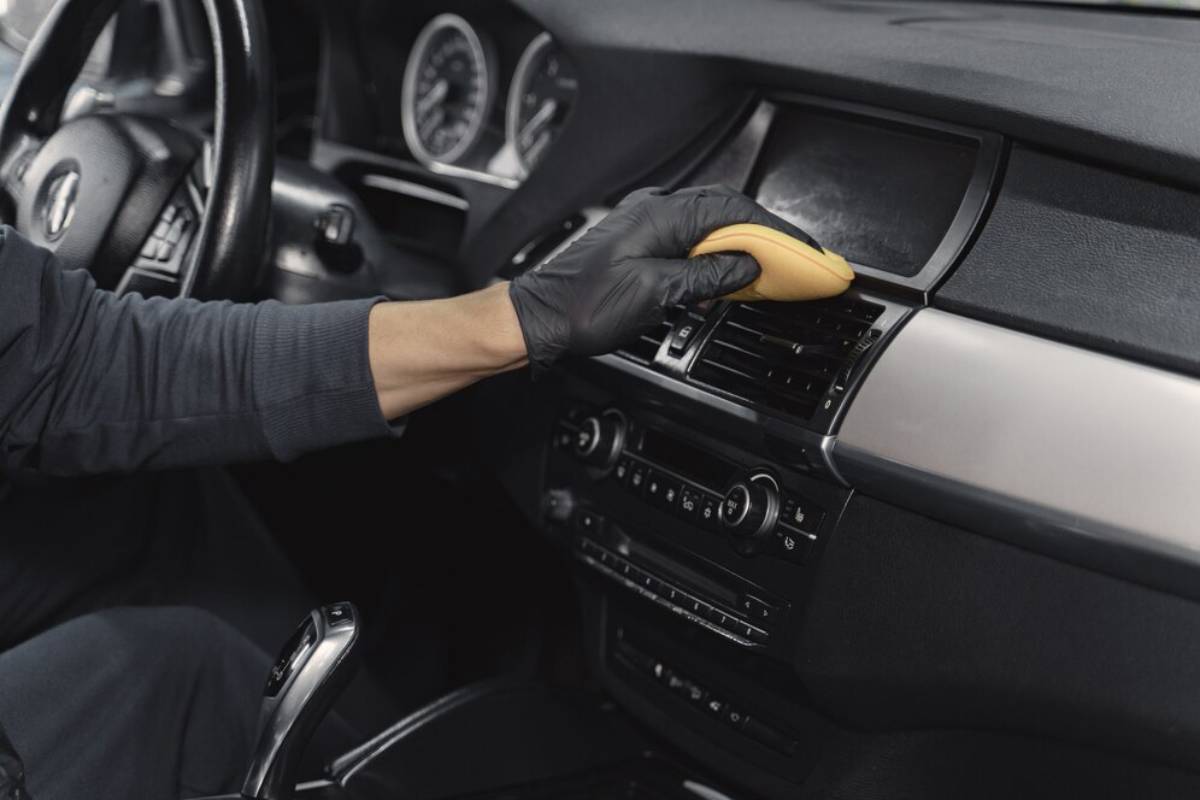
Clean the dash and windscreen area using a microfibre cloth and alcohol-based cleaner. Dirt or oil will affect adhesion and visibility.
Step 3: Apply Reflective Film (If Needed)
Most projection-based HUDs require a transparent film to improve visibility, especially in daylight.
- Peel the protective backing
- Align the film in front of your direct line of sight
- Use a card or squeegee to smooth out bubbles
Step 4: Mount the HUD Unit
Secure the device using the provided adhesive pad or mounting bracket.
- Within your forward eye line
- Not blocking your field of view
- Stable and vibration-free
Step 5: Connect Power and Sync
- Plug into your car’s OBD-II port (typically located beneath the steering column)
- Or use a USB power cable via the cigarette lighter socket
Then pair with your smartphone or car system via Bluetooth or Wi-Fi, depending on your model.
Step 6: Customise Display Settings
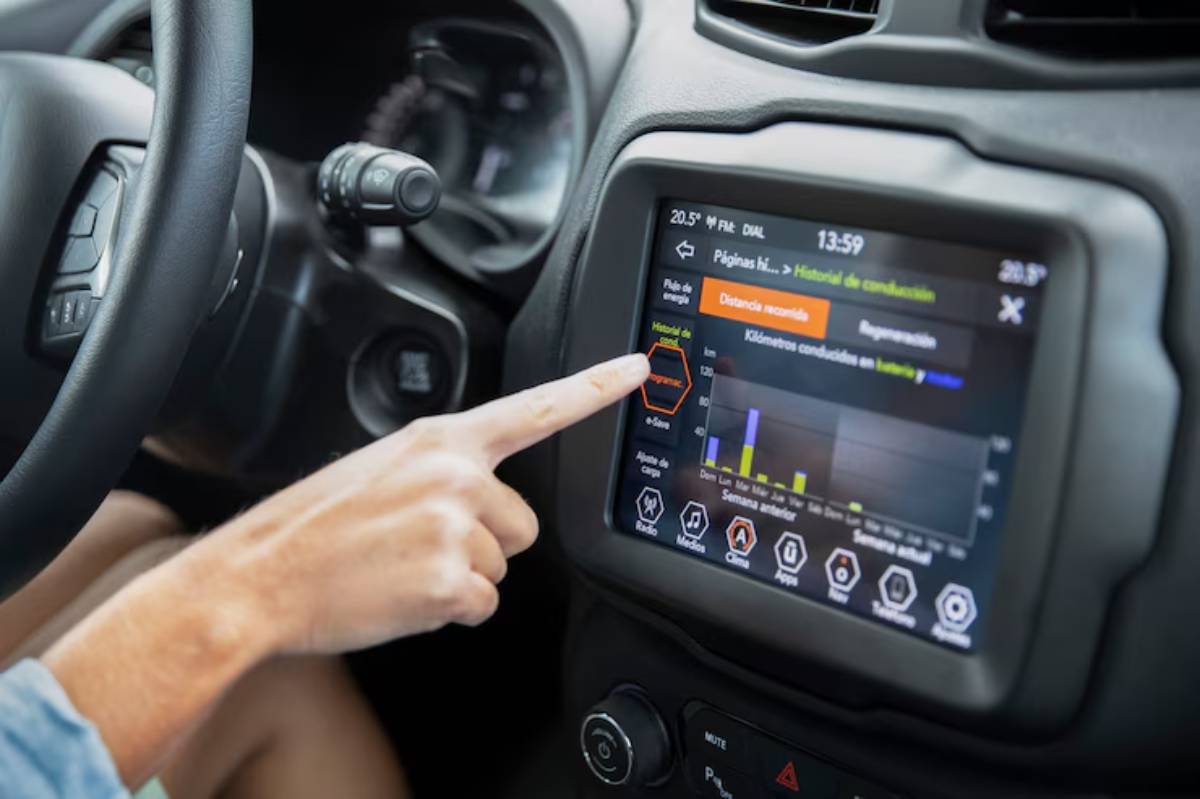
Fine-tune your HUD:
- Adjust brightness (use auto-dim for night driving)
- Choose units (mph or km/h)
- Select which data to display (e.g., GPS, fuel, RPM)
- Test visibility during different lighting conditions
Real Installation Story: Jack’s DIY HUD Setup
Jack, a father of two from Birmingham, retrofitted his 2012 Ford Focus using the AutoLover A8 HUD.
“The whole setup took me under 20 minutes. Applying the reflective film was tricky, but everything else was dead simple. Now I get sat-nav turns and speed warnings right in front of me — feels like something out of Iron Man.”
Jack’s tip: “Avoid installing on a bright day — glare makes it harder to align your film properly.”
Expert Insight: Why HUDs Are More Than Just Flash
Dr Julia Clarke, transport tech researcher at UCL, says:
“HUDs reduce mental load and visual distraction. “Seeing important details from the side helps drivers stay focused and react quicker.””
Top carmakers like BMW, Audi, and Tesla have HUDs in their best models. But an aftermarket kit can provide similar features for less.
Common Mistakes to Avoid
- Poor alignment: Always test from your seated position before mounting.
- Skipping the reflective film: Especially important for coated or tinted windscreens.
- Cluttered display: Keep the info minimal — prioritise navigation and speed.
Top 5 HUDs to Consider in 2025
Model Key Features Approx.
- Navdy Clone X5: Gesture control, OBD-II + GPS – £110
- Pyle PHUD180: Reflective film, easy plug & play – £70
- AutoLover A8: Speed alerts, fuel tracking – £55
- Wahahay HUD: Night mode, adjustable projection height – £65
- Garmin HUD+: Syncs with mobile GPS – £95
Related Smart Car Upgrades to Consider
Once you’ve fitted your HUD, why not go further?
- Wireless Charging Dock – Clean your console with a sleek, cord-free solution.
- Voice-Controlled Infotainment Systems – Pair your HUD with hands-free voice navigation and music control.
- OBD-II Scanners – Use the same port to diagnose faults and monitor engine performance.
Explore our complete guide: Top 10 Smart Upgrades for Your 2025 Car
Conclusion: Upgrade Your Driving Experience Today
Smart HUDs are not just futuristic gimmicks anymore. They are now practical, affordable, and stylish upgrades. These features help bring your vehicle into the modern era.
Installing a HUD is a smart move in 2025. It boosts safety, cuts distractions, and gives your car a tech upgrade.
So, are you ready to modernise your dashboard? Explore your options. Use this guide to improve your driving experience—one bright display at a time.
